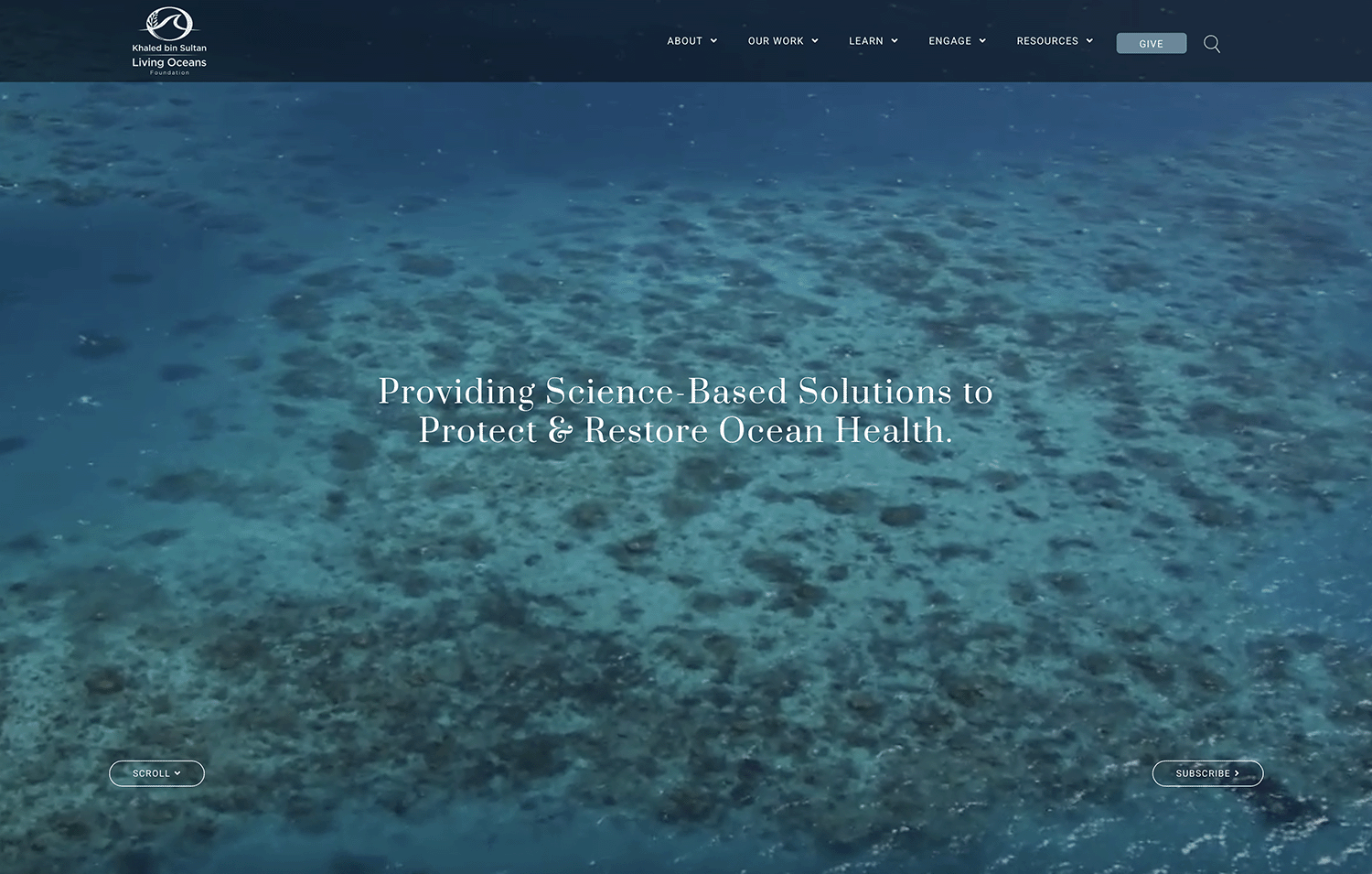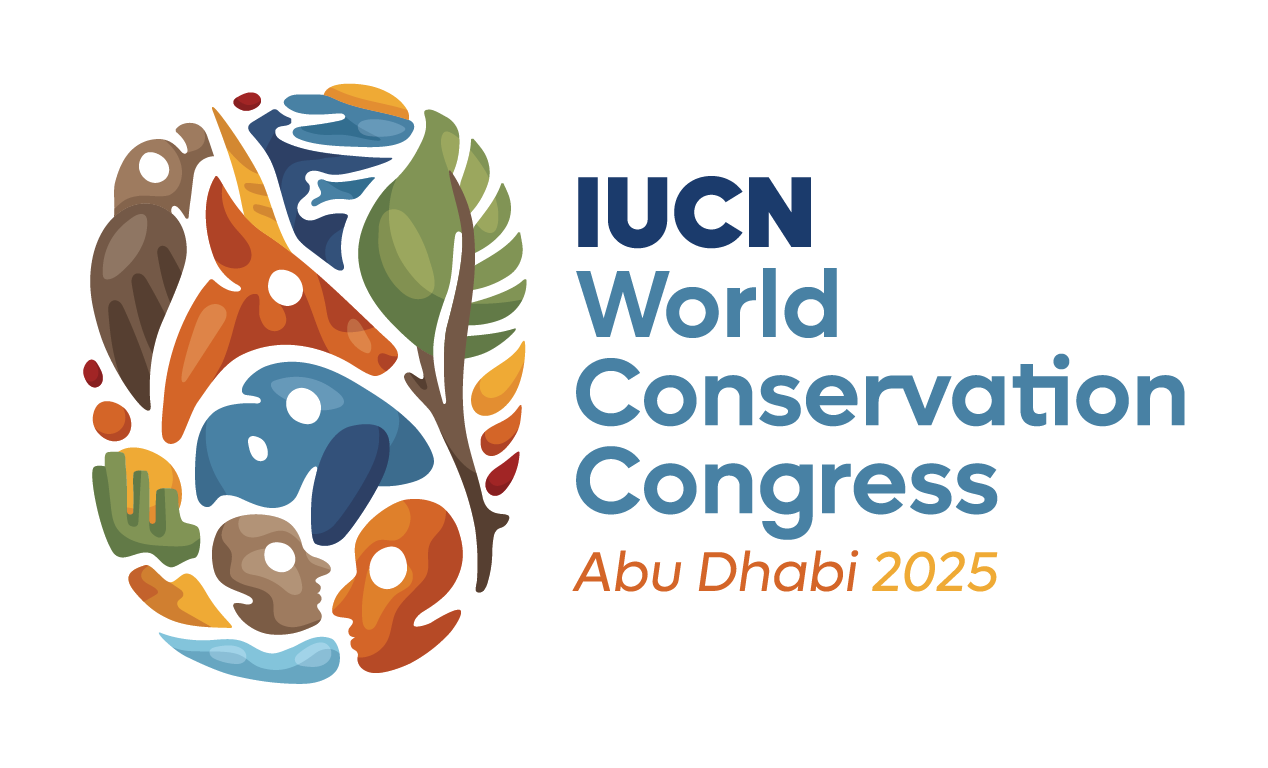Published in Marine Environmental Research
Abstract
Healthy Caribbean reefs are coral-dominated. When disturbed, however, they can slide into a degraded state, characterized by few live corals and abundant macroalgae. Timeseries collected by SCUBA divers are valuable in tracking these coral-algal phase shifts, but their temporal scope is typically limited to decades—insufficient to capture long-term ecosystem dynamics. To address this limitation, we integrate vintage aerial photography, fieldwork, and foraminiferal counts to develop a new bioindicator capable of identifying historical coral-algal phase shifts in eight Caribbean reef provinces. Our bioindicator leverages the contrasting life habits of two foraminifera genera: Archaias, which thrives in coral-dominated environments, but is replaced during a phase-shift by Quinqueloculina, which benefits from an algal canopy. This ecological bifurcation is excellently captured by the ratio in the abundance of these two genera in the seabed foraminiferal death assemblage, which is easily sampled. We propose that our new foraminiferal bioindicator provides a valuable tool for reconstructing the historical trajectories of Caribbean reefs, even in the absence of historical monitoring data.


